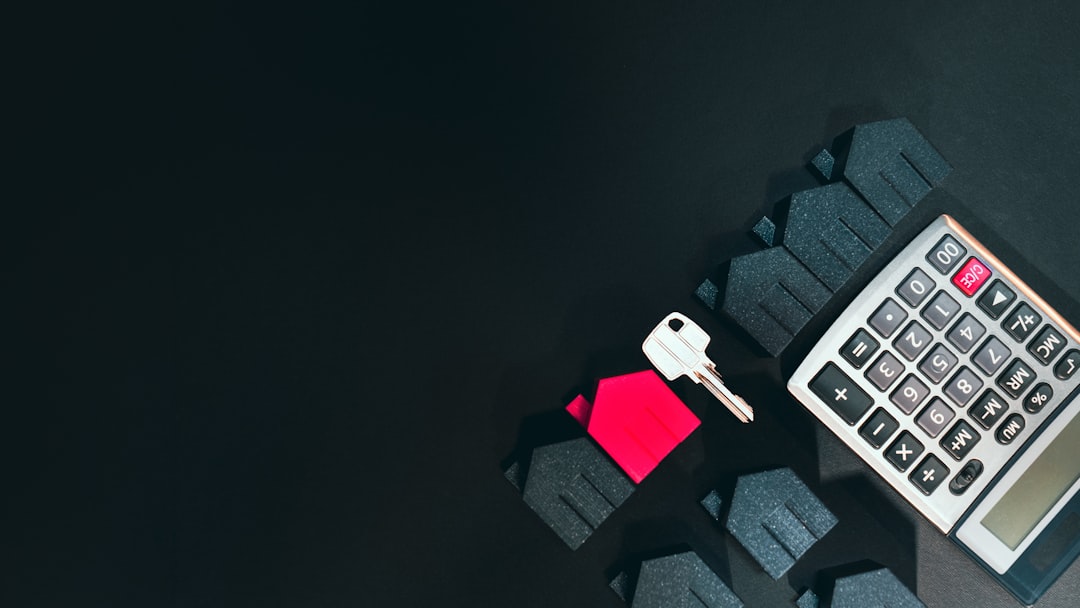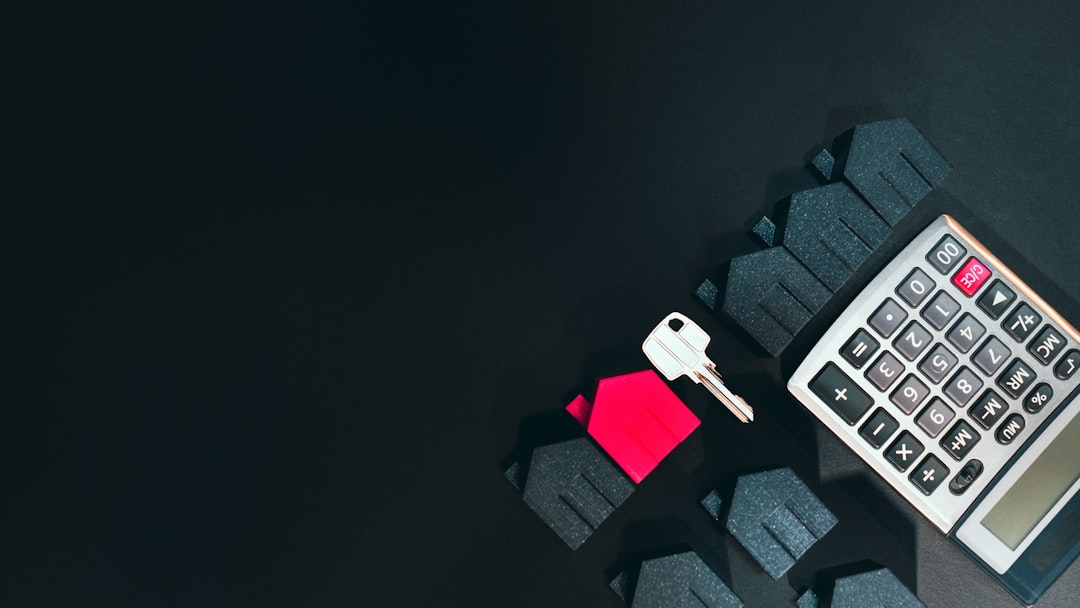Unsecured debt consolidation loans offer a flexible solution for managing multiple credit card debts by assessing income and credit score. They provide lower interest rates and simplified repayment, saving money in the long run. To qualify, individuals need a good credit score, stable employment, and low debt-to-income ratio. The process involves applying, receiving a loan to pay off cards, and repaying the consolidation loan. Effective repayment requires budgeting and prioritizing high-interest debts. Alternatives like balance transfer cards also simplify payments with 0% interest rates.
Looking to tame your credit card debt? Consider an unsecured debt consolidation loan, a powerful tool to streamline multiple high-interest payments into one manageable one. This article demystifies these loans, exploring their benefits for reducing credit card balances and offering step-by-step guidance on the consolidation process. Learn how to qualify, repay effectively, and discover alternatives to traditional debt consolidation. Take control of your finances today!
- Understanding Unsecured Debt Consolidation Loans
- Benefits of Using Debt Consolidation for Credit Cards
- How to Qualify for an Unsecured Loan
- The Consolidation Process: Step by Step
- Repaying Your Loan Effectively
- Alternatives to Traditional Debt Consolidation
Understanding Unsecured Debt Consolidation Loans

Unsecured debt consolidation loans are a popular option for individuals looking to streamline multiple credit card debts into a single, more manageable payment. Unlike secured loans that require collateral, unsecured loans rely on your creditworthiness and reputation as a borrower. This means lenders assess your income, employment history, and credit score to determine eligibility and loan terms. The appeal lies in their accessibility; since no assets are at stake, people with varying financial backgrounds can apply.
What sets these loans apart is the flexibility they offer. Borrowers can use the funds from an unsecured debt consolidation loan to pay off any type of unsecured debt, primarily credit card balances. The primary advantage is the potential for lower interest rates compared to individual credit cards, which can save money in the long run. This strategy simplifies repayment by consolidating multiple bills into one fixed monthly payment, making budgeting easier and alleviating the stress often associated with managing several credit card payments simultaneously.
Benefits of Using Debt Consolidation for Credit Cards

Debt consolidation offers a strategic approach to managing multiple credit card balances by combining them into a single loan with potentially lower interest rates. This simplifies repayment, making it easier to stay on top of payments and avoid the pitfalls of missing due dates across several cards. By securing a loan with collateral (as is the case with secured loans), or offering a cosigner (for unsecured debt consolidation loans), lenders can offer competitive terms, including reduced monthly payments and lower overall interest charges.
This method provides credit card holders with a clear repayment plan, reducing stress and saving money in the long run. An unsecured debt consolidation loan, for instance, doesn’t require any collateral, making it an accessible option for those who prefer not to risk assets. This type of loan is particularly beneficial for individuals seeking to simplify their financial obligations and gain better control over their credit card debts.
How to Qualify for an Unsecured Loan

To qualify for an unsecured debt consolidation loan, which is a type of What Is An Unsecured Debt Consolidation Loan, individuals typically need to meet certain criteria set by lenders. First and foremost, a good credit score is essential as it indicates your ability to repay the loan. Lenders often look for a minimum FICO score of 620 or higher. However, even with a slightly lower credit rating, some lenders may consider applications on a case-by-case basis if there are compensating factors, like stable income and minimal debt elsewhere.
Additionally, lenders will assess your income to determine if you can afford the loan payments. They typically require proof of employment and may verify your income through pay stubs or tax returns. It’s crucial to demonstrate consistent income to increase your chances of approval. Other considerations include a solid repayment history on existing debts and a low debt-to-income ratio, which shows lenders that you have a manageable financial situation and can handle additional loan payments without strain.
The Consolidation Process: Step by Step

The process of using an unsecured debt consolidation loan to pay off credit card balances involves several clear steps. Firstly, you apply for the loan with a lender who will evaluate your financial situation and determine your eligibility based on factors like credit score and income. If approved, the lender will offer a loan amount tailored to cover all your outstanding credit card debts.
Once agreed upon, you’ll receive the loan funds, which you can then use to pay off each of your credit cards in full. This simplifies your financial obligations by replacing multiple monthly payments with just one. Moving forward, instead of making separate minimum payments on each card, you’ll focus on repaying the consolidation loan according to the agreed-upon terms and schedule.
Repaying Your Loan Effectively

Repaying your loan effectively is key when using an unsecured debt consolidation loan to pay off credit card balances. This means creating a clear and realistic budget to ensure each month’s payment covers both the loan repayment and any additional living expenses. Prioritizing high-interest debts first can help minimize overall interest paid over time. Regularly reviewing your financial situation and making adjustments to your budget as needed will contribute to successful debt consolidation.
Remember, timely payments are crucial for maintaining a good credit score and avoiding penalties. Additionally, consider setting up automatic payments or reminders to ensure you never miss a deadline. By committing to a disciplined repayment approach, you can efficiently manage your loan and work towards becoming debt-free while improving your financial health in the process.
Alternatives to Traditional Debt Consolidation

While traditional debt consolidation loans involve borrowing a new loan at a lower interest rate to pay off multiple credit card balances, there are alternatives for those with unique financial situations. One such option is an unsecured debt consolidation loan, which doesn’t require collateral. This type of loan relies on the borrower’s creditworthiness and repayment history rather than asset security. It can be particularly appealing for individuals who want to simplify their payments without putting up collateral but may still need a more manageable interest rate than their current credit cards offer.
Another alternative is balance transfer cards, which often feature introductory 0% interest rates on transfers for a specified period. This allows debtors to shift balances from multiple cards onto one with lower overall interest costs, providing temporary relief and potentially saving money. However, it’s crucial to understand the terms and conditions, as high fees and standard interest rates can apply after the promotional period if not paid off promptly.
Debt consolidation can be a powerful tool for managing credit card debt. By understanding what an unsecured debt consolidation loan is and how it works, you can make informed decisions about paying off your balances more efficiently. As discussed in this article, consolidating debt offers numerous benefits, from lower interest rates to simplified repayment. With careful qualification and a structured consolidation process, you can take control of your finances and pave the way for a debt-free future. Remember, exploring alternatives like credit counseling or refinancing might also be valuable options, so consider your unique circumstances before choosing the best path forward.
